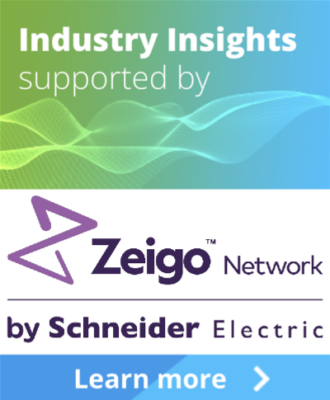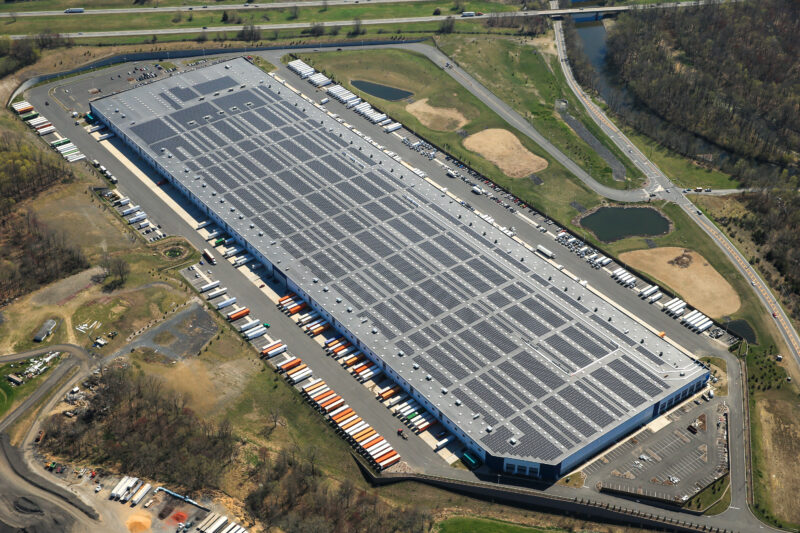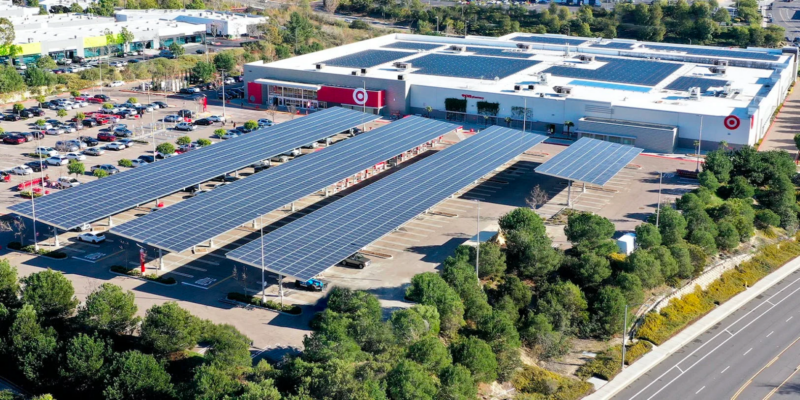Sign up for daily news updates from CleanTechnica on email. Or follow us on Google News!
The summer of 2023 saw wild weather patterns, unprecedented Pacific hurricanes, and historic heat waves across most of the Western world. These climate crises have driven up the pressure for companies to reduce their carbon emissions and embrace sustainable practices. Indeed, the number of companies making public commitments continues to rise. 42% of Fortune 500 companies have set a major climate milestone for 2030, or have achieved one already (up 11% from last year). While the pressure for brands to decarbonize is stronger than ever, coming from customers, investors, and competitors alike, finding the best path forward can be difficult. That’s where Zeigo Network comes in.
 Zeigo Network connects like-minded companies and helps accelerate their carbon reduction journeys. Packed full of blogs, videos and webinars on decarbonization tactics and renewable energy options as well as a robust directory of clean energy solutions and world-class solution providers, Zeigo Network helps those companies take meaningful steps towards a carbon-free future.
Zeigo Network connects like-minded companies and helps accelerate their carbon reduction journeys. Packed full of blogs, videos and webinars on decarbonization tactics and renewable energy options as well as a robust directory of clean energy solutions and world-class solution providers, Zeigo Network helps those companies take meaningful steps towards a carbon-free future.
Arguably the most common method for corporations to decarbonize their operations is to install or otherwise procure renewable energy from resources like wind or solar power — but it’s difficult for companies to control their scope 2 emissions (those that stem from the purchase of electricity).
It’s important to note here that when corporations rely on their utility to generate and deliver all of the electricity they consume, it’s almost impossible for them to meaningfully control the sources of that electricity at the utility level. That’s why the additionality and accessibility of onsite solar are so important to companies’ efforts – it gives them the ability to take matters into their own hands.
Additionality and Accessibility

Onyx Renewables: Onyx completed the installment of a 1.1MW solar and 1MWh storage solution for a major biotech company in Northern California in 2022. This project supplies a PV+Storage integrated solution to reduce power costs and manage the facility’s peak energy demand.
“Additionality” means that a specific renewable energy project, and the energy it generates, would not exist if not for specific actions taken on the part of the company — like signing a power purchase agreement or subscribing to a community solar garden.
In other words, when a company installs onsite solar, it has gone above and beyond just purchasing renewable energy from an asset that has been up and running for a decade. This is what it means to take action and play a crucial role in deploying brand new renewable energy to the grid. By creating and deploying an onsite solar installation, companies are enhancing the capacity, resilience, and sustainability of the local energy grid and reducing carbon emissions.
The accessibility of onsite solar is also critically important.
Offsite PPAs typically require a substantial electricity load to be feasible, and often involve large-scale solar installations in the range of 50 to 100 megawatts (MW), or even larger.
In contrast, onsite solar projects can be built around the specific energy needs of an individual business and built around the unique limitations — and opportunities — of the site. Additionally, onsite solar can be implemented by a wide range of businesses, large and small. That’s especially true in the wake of the $738 billion Inflation Reduction Act of 2022 (IRA) passed by the Biden Administration. The IRA includes guidelines on increased incentives that can raise the tax credit value to 60% of the total cost of an onsite solar project.
As for how onsite solar projects can contribute to a company’s decarbonization goals, it’s estimated that a 500 kW solar installation can offset approximately 400 tons of carbon dioxide emissions over its lifetime, equivalent to planting some 9,000 trees!
These IRA-enhanced tax credits have the potential to significantly improve the financial feasibility of many onsite solar projects. These have the potential to greatly reduce a company’s carbon footprint, but also offer more conventional business benefits:
- Cost Saving: onsite solar can lead to significant cost savings on electricity bills and insulate companies from rapidly fluctuating (and, typically, escalating) energy prices. More predictable energy pricing can help make forecasting and budgeting easier.
- Energy Independence: generating its own clean energy can give a company greater control over its operating costs by reducing its reliance on grid electricity that’s more expensive at different times of day, which can lead to significant cost savings.
- Public Image: there is growing pressure for companies to produce a public demonstration of their commitment to sustainability, and a highly visible project like onsite solar — which can be seen by everyone driving by the facility — can go a long way toward boosting a brand’s reputation.
People Can See Your Solar

Parking lot solar project in California; courtesy Target.
The visibility of solar is a benefit that can’t be underrated here. Sure, energy products like unbundled RECs and offsite PPAs allow companies greater control over their energy sources, but they’re not visible to the general public, and much harder for executives to “point at” than large, onsite solar installations. Panels can also provide other physical benefits, like protection from snow and hail in colder climates and additional parking lot shade on hot, sunny days. More shade and weather protection means cooler cars and less dents, dings, and broken windshields, which translates to more comfortable, happier employees and customers.
Questions like the age and structure of your roof, neighboring structures and treelines, and whether you own or lease your site, all need to be answered as you explore the viability of an onsite solar project. But if the ultimate question you’re trying to answer is, “Is onsite solar right for me?” we would encourage you to download this PDF eBook from Zeigo Network to find some answers on that front.
If investing in an onsite solar installation feels like a big obstacle for your company, there are other alternatives, such as PPAs and leases that require no capital. The time is now to take advantage of all the incentives from the IRA, and help your business save money while achieving your carbon reduction goals!
Content supported by Zeigo.
Have a tip for CleanTechnica? Want to advertise? Want to suggest a guest for our CleanTech Talk podcast? Contact us here.
EV Obsession Daily!
I don’t like paywalls. You don’t like paywalls. Who likes paywalls? Here at CleanTechnica, we implemented a limited paywall for a while, but it always felt wrong — and it was always tough to decide what we should put behind there. In theory, your most exclusive and best content goes behind a paywall. But then fewer people read it!! So, we’ve decided to completely nix paywalls here at CleanTechnica. But…
Thank you!
Tesla Sales in 2023, 2024, and 2030
CleanTechnica uses affiliate links. See our policy here.





